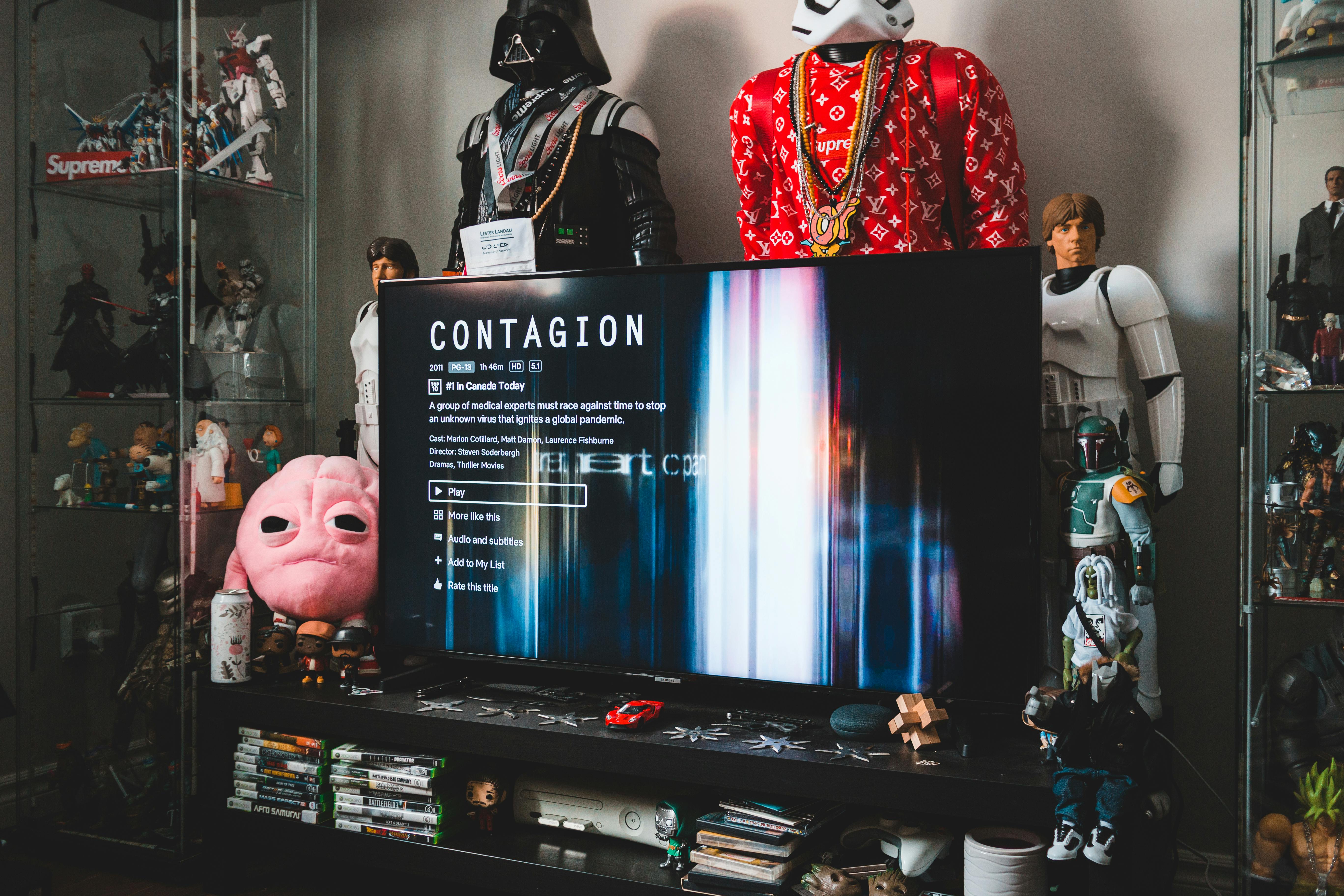Pioneer in Game Design: Procedural Generation in Video Game Development
In the vast landscape of the gaming industry, one trend has stood the test of time, constantly evolving and reshaping the way we play and design games: procedural generation. This technique, once a niche tool for game developers, has become increasingly widespread, offering infinite possibilities and transforming the gaming experience.

A Glimpse into the Past: The Birth of Procedural Generation
The concept of procedural generation dates back to the early days of gaming. In the 1980s, games like Elite and Rogue used this technique to create vast and unpredictable game worlds. Despite the limitations of computer hardware at the time, these games managed to offer an array of unique experiences, paving the way for future developments in the field.
The Modern Era: Procedural Generation in Today’s Gaming World
Today, procedural generation is a staple in many contemporary games. Titles like Minecraft and No Man’s Sky have used this technique to create virtually limitless worlds, offering players a unique experience with every new game. Even smaller independent games like Spelunky and FTL: Faster Than Light have used procedural generation to great effect, providing a fresh experience with every playthrough.
The Impact: Why Procedural Generation Matters
The allure of procedural generation lies in its potential for infinite variation. Every procedurally generated game world is unique, offering players a different experience each time they play. This unpredictability can make games more replayable and exciting, challenging players to adapt to ever-changing conditions.
Moreover, procedural generation can offer developers a way to create large, complex game worlds with less manual effort. Instead of designing every detail by hand, developers can create algorithms to generate content automatically, allowing for more expansive and diverse game worlds.
Reception: The Player’s Perspective
The reception of procedural generation among players has been largely positive, but not without criticism. On one hand, players appreciate the unpredictable nature of procedurally generated games, as they offer a new experience with every playthrough. On the other hand, some players argue that these games can feel less handcrafted and personal than their manually designed counterparts.
The Future: Procedural Generation and Beyond
As technology continues to advance, the potential applications for procedural generation in gaming are nearly limitless. Developers are continually finding new and innovative ways to use this technique, pushing the boundaries of what’s possible in game design.
In conclusion, procedural generation has reshaped the gaming landscape, offering new possibilities for both developers and players. Despite some criticisms, it’s clear that this technique has left a profound impact on the industry, and its influence will undoubtedly continue to grow in the years to come.




